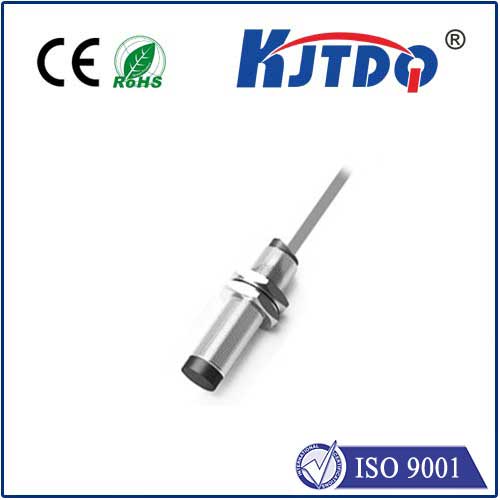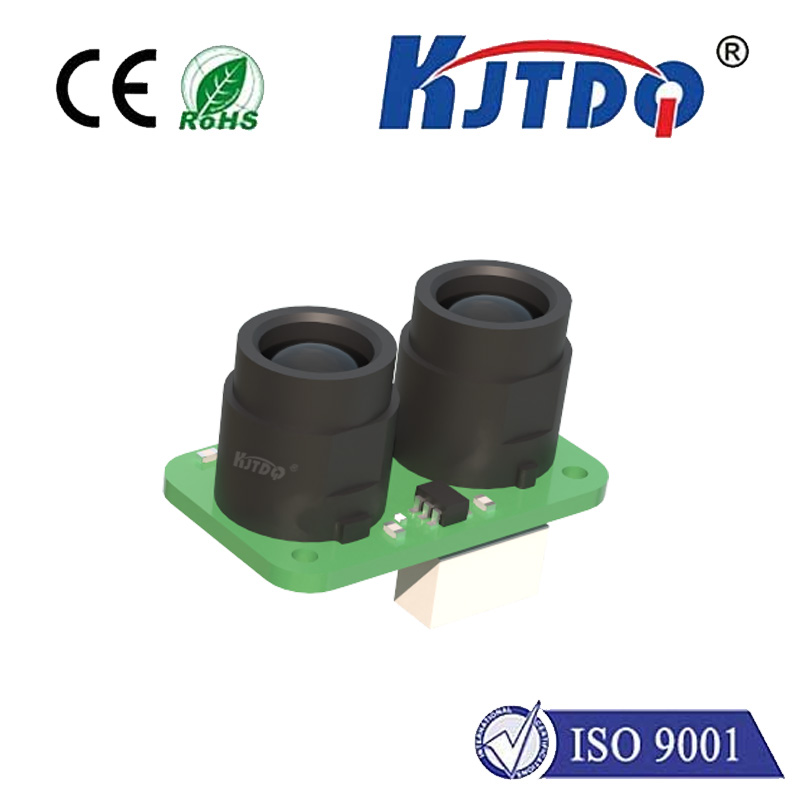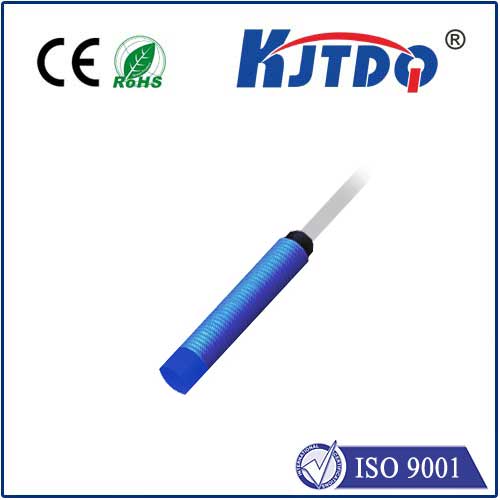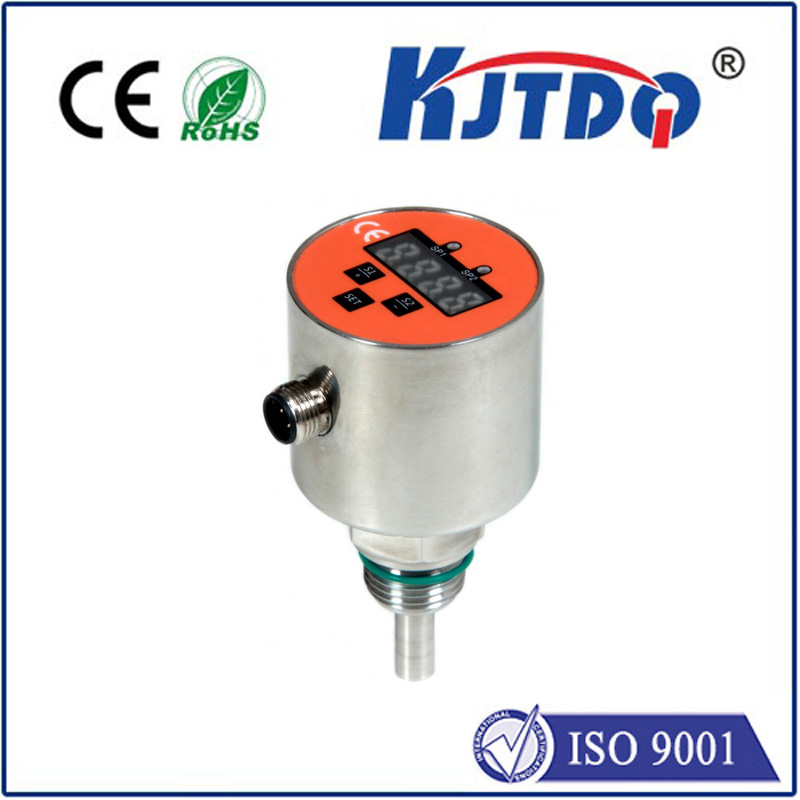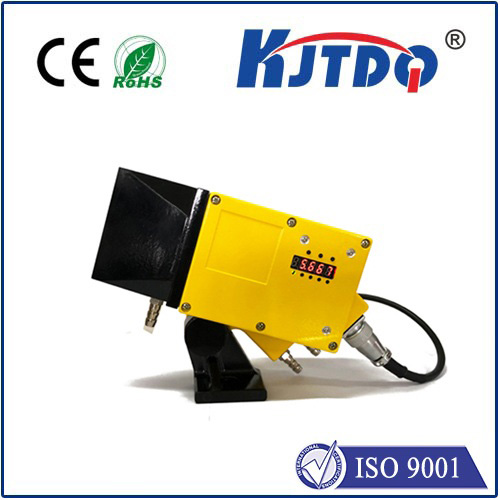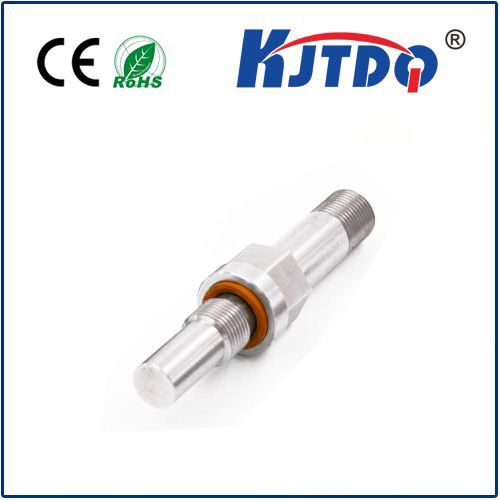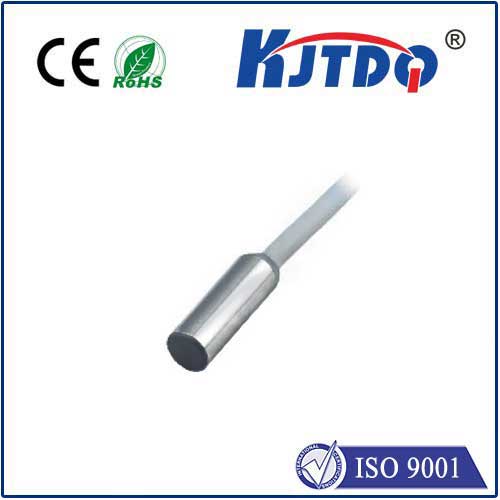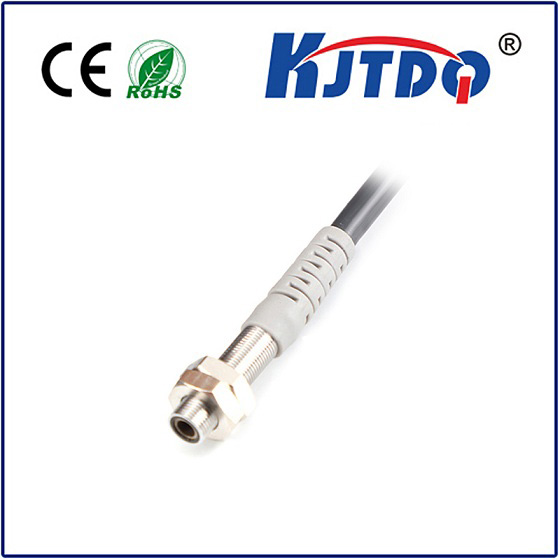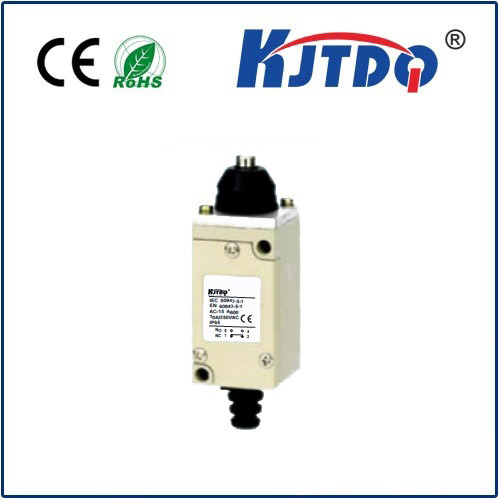Imagine a sprawling industrial complex: turbines generating immense power, robotic arms welding with blinding sparks, and pipelines carrying materials under extreme pressure. Accurately measuring distances or detecting minuscule shifts within these harsh, electrically noisy environments is critical for safety and efficiency. Traditional electronic sensors often struggle here. This is where fiber optic distance sensors emerge not just as an alternative, but as a transformative solution, harnessing light itself for unparalleled precision and resilience.
At their core, fiber optic distance sensors operate on a brilliantly simple principle: sending pulses or modulated beams of light down a hair-thin glass or plastic fiber and precisely measuring how the light behaves as it travels or reflects. The distance is derived from how long the light takes to return or how its characteristics change over the fiber’s length. Unlike electrical sensors, they are inherently immune to electromagnetic interference (EMI), making them perfect for environments near heavy machinery, high-voltage equipment, or even lightning-prone areas. Their passive nature also means no spark risk, a vital safety feature in explosive atmospheres like oil refineries or chemical plants.
Key Principles Powering Optical Precision
Several fundamental optical techniques enable high-accuracy distance sensing with fiber optics:
Optical Time-Domain Reflectometry (OTDR): This widely used method acts like radar for fibers. A short, intense pulse of light is launched into the fiber. Imperfections, connectors, and especially the fiber’s end (or a dedicated reflector) cause some light to scatter or reflect back towards the source. An ultra-sensitive receiver detects this returned light. By precisely timing the interval between launching the pulse and receiving the backscattered/reflected signal, and knowing the speed of light within the fiber core (approximately 200,000 km/s), the distance to the reflection point is calculated with remarkable accuracy (Distance = (Speed of Light in Fiber * Time Delay) / 2). OTDR is a cornerstone for long-range sensing and fault location in telecommunications and infrastructure monitoring.

Interferometric Techniques: For applications demanding sub-micron or even nanometer resolution, interferometry reigns supreme. These sensors split light into two paths: one travels a known reference distance, the other travels to the target and back. When the two light beams recombine, they interfere with each other. The resulting interference pattern (bright and dark fringes) is exquisitely sensitive to the path length difference between the two beams. Analyzing this pattern allows for incredibly precise distance measurements. Fabry-Perot and Michelson interferometer configurations are common in fiber optic setups for metrology and ultra-precise displacement sensing.
Frequency-Modulated Continuous Wave (FMCW): Instead of pulses, FMCW sensors continuously emit laser light whose frequency is deliberately and linearly swept over time. The light reflected from the target mixes with a portion of the currently emitted light. The difference in frequency between the emitted and reflected light (the beat frequency) is directly proportional to the time delay, and thus, the distance. FMCW offers excellent resolution and is less susceptible to noise than pulsed methods, finding use in medium-to-high precision industrial applications.
Why Choose Fiber Optics for Distance Measurement?
The advantages extend far beyond EMI immunity. Fiber optic distance sensors offer compelling benefits:
Where Technology Meets Application: Real-World Impact
The unique capabilities of fiber optic sensors drive their adoption across diverse sectors:
Important Considerations
While powerful, selecting the right fiber optic distance sensor requires attention to factors like the required range and resolution (nanometers, micrometers, millimeters, meters, kilometers?), the environmental conditions (temperature extremes, humidity, mechanical stress), the type of fiber (single-mode for long range/high precision, multi-mode for shorter range/simpler interfacing), and the specific optical principle (OTDR, FMCW, interferometry) best suited to the application. Chromatic dispersion and temperature effects on the fiber can also influence accuracy and must be compensated for in high-precision systems.
From enabling safer infrastructure to driving efficiency in harsh industrial settings and unlocking new frontiers in precision manufacturing, fiber optic distance sensors represent a significant leap forward. By converting the challenge of distance measurement into a question of manipulating and measuring light within a slender strand of glass, they offer solutions where conventional sensors falter, proving that sometimes, the clearest measurement comes from the most delicate thread.
